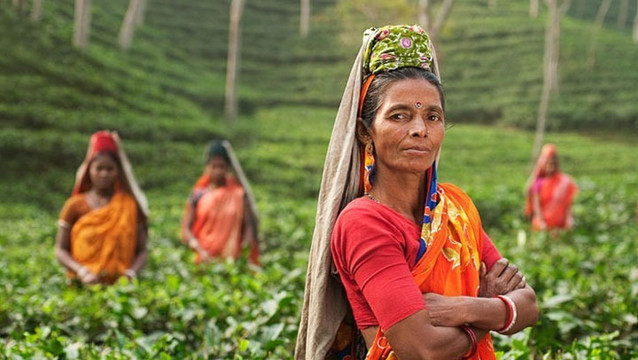In the early part of 1774, the Governor General of Bengal, Warren Hastings, sent a few tea seed samples for planting from China to his British counterpart, Bhutan George Bogle. In the year 1776, famed English botanist Sir John Banks, was asked to make notes on tea and was the first to suggest that the British must take on the trade of tea cultivation in India.
Another gentleman by the name of Colonel Robert Kyd from the army regiment of the British East India Company, in the year 1780 also tried to plant tea seeds from China in the botanical garden he found, now the Indian Botanical garden at Howrah in present day Kolkata.

 />
/>